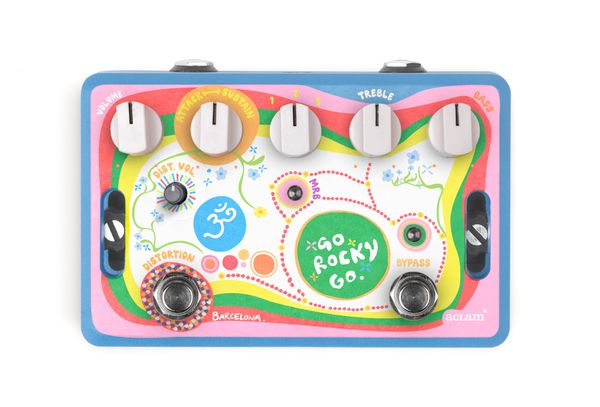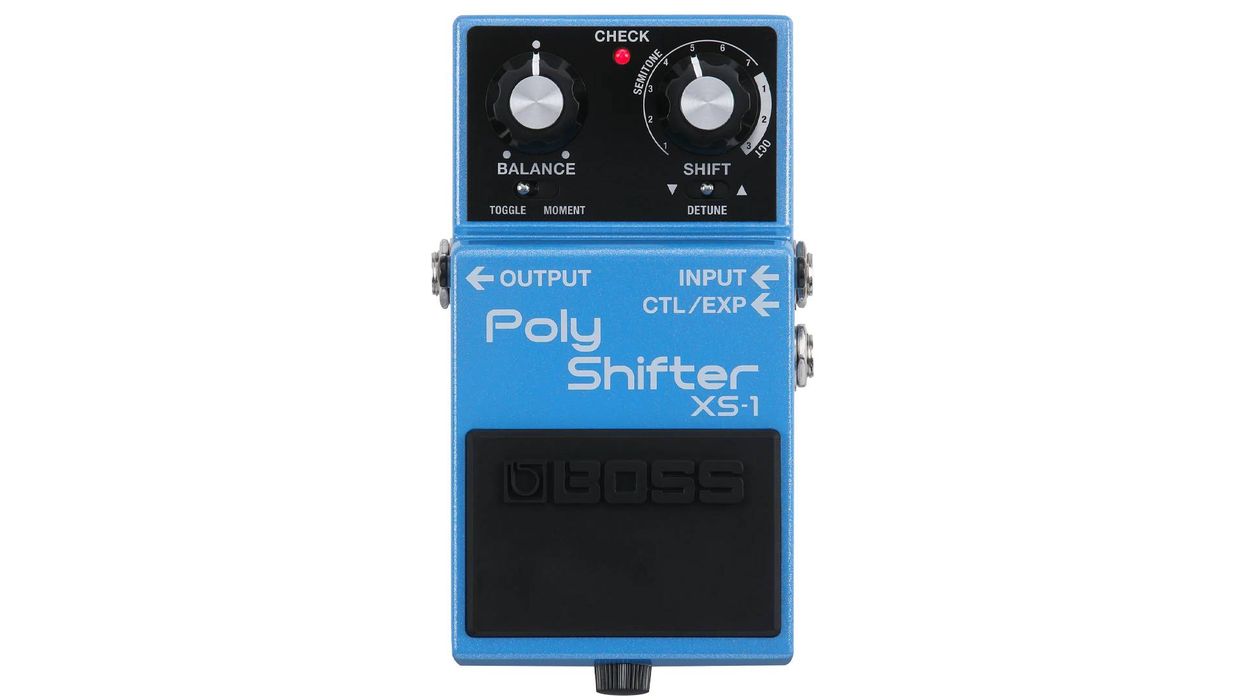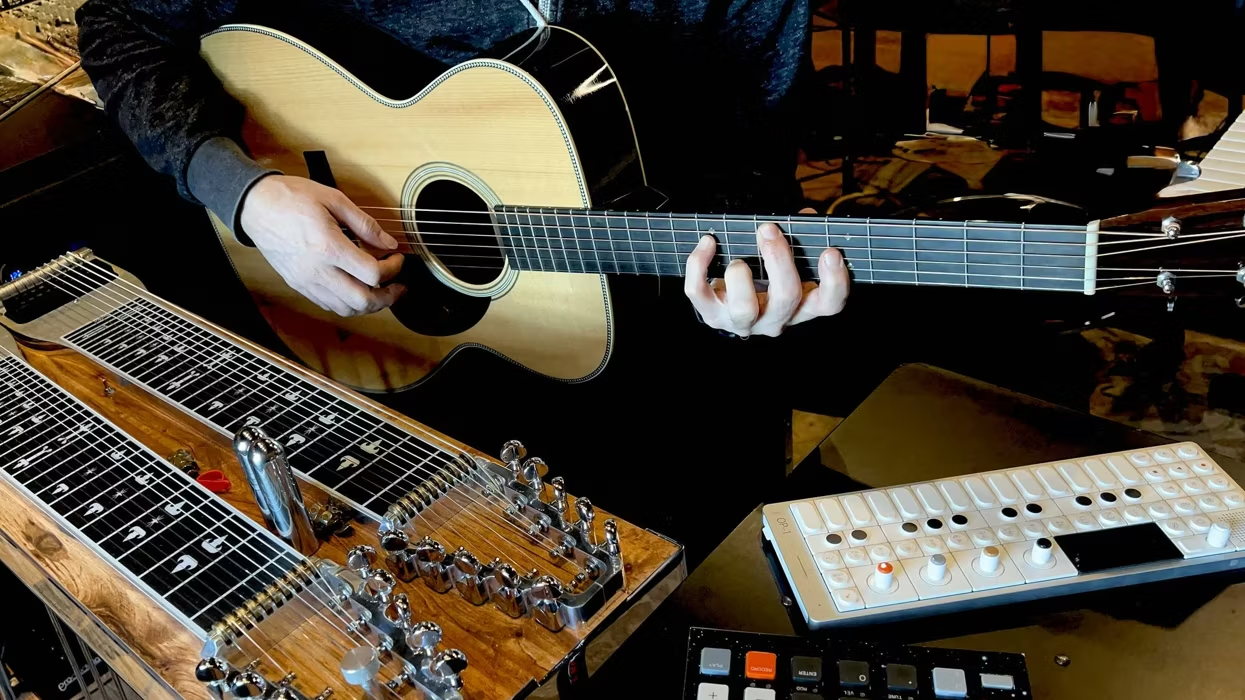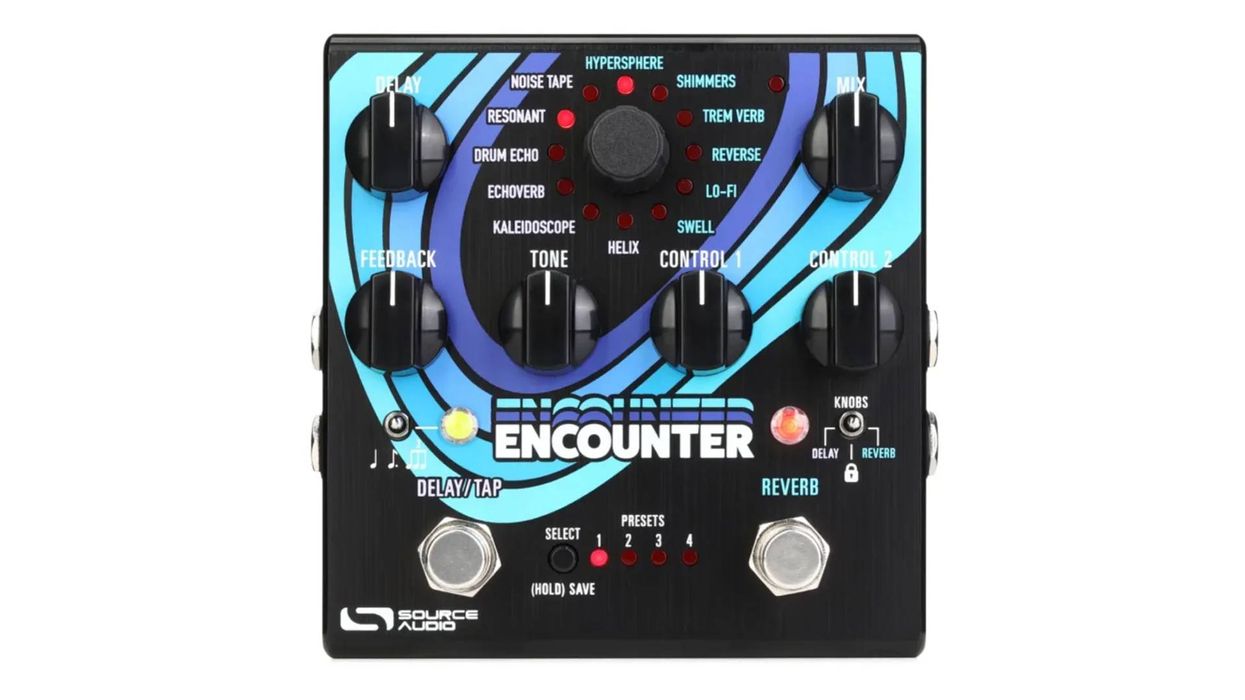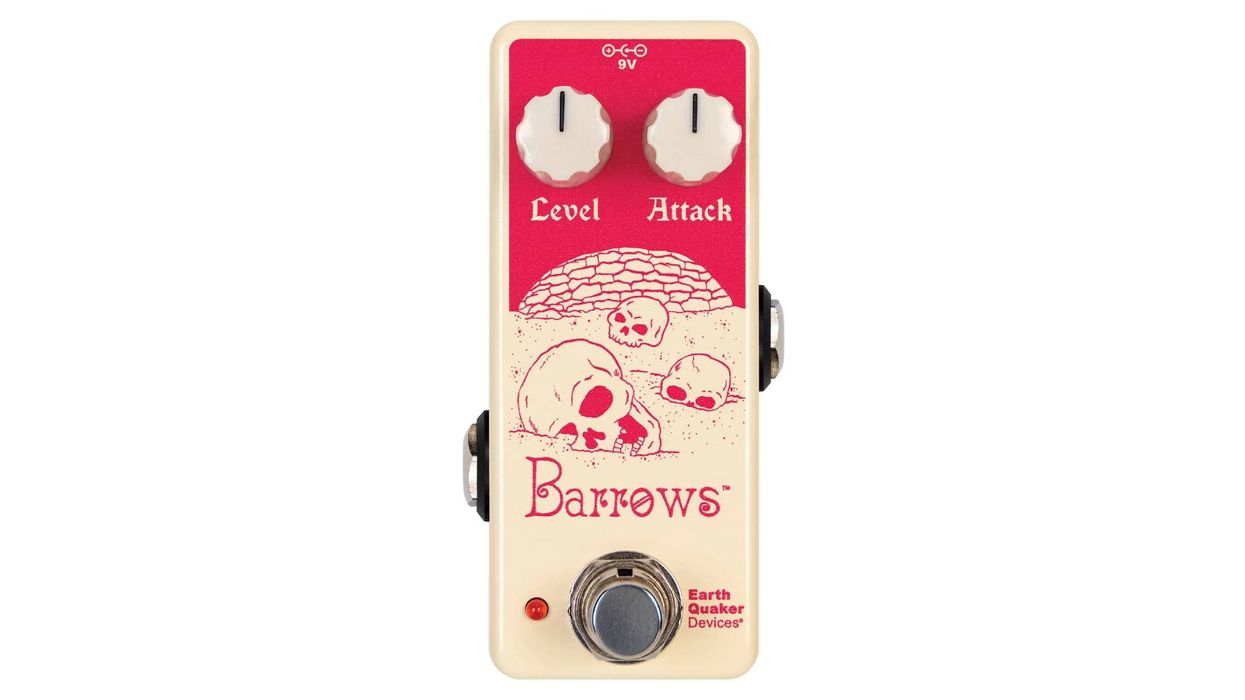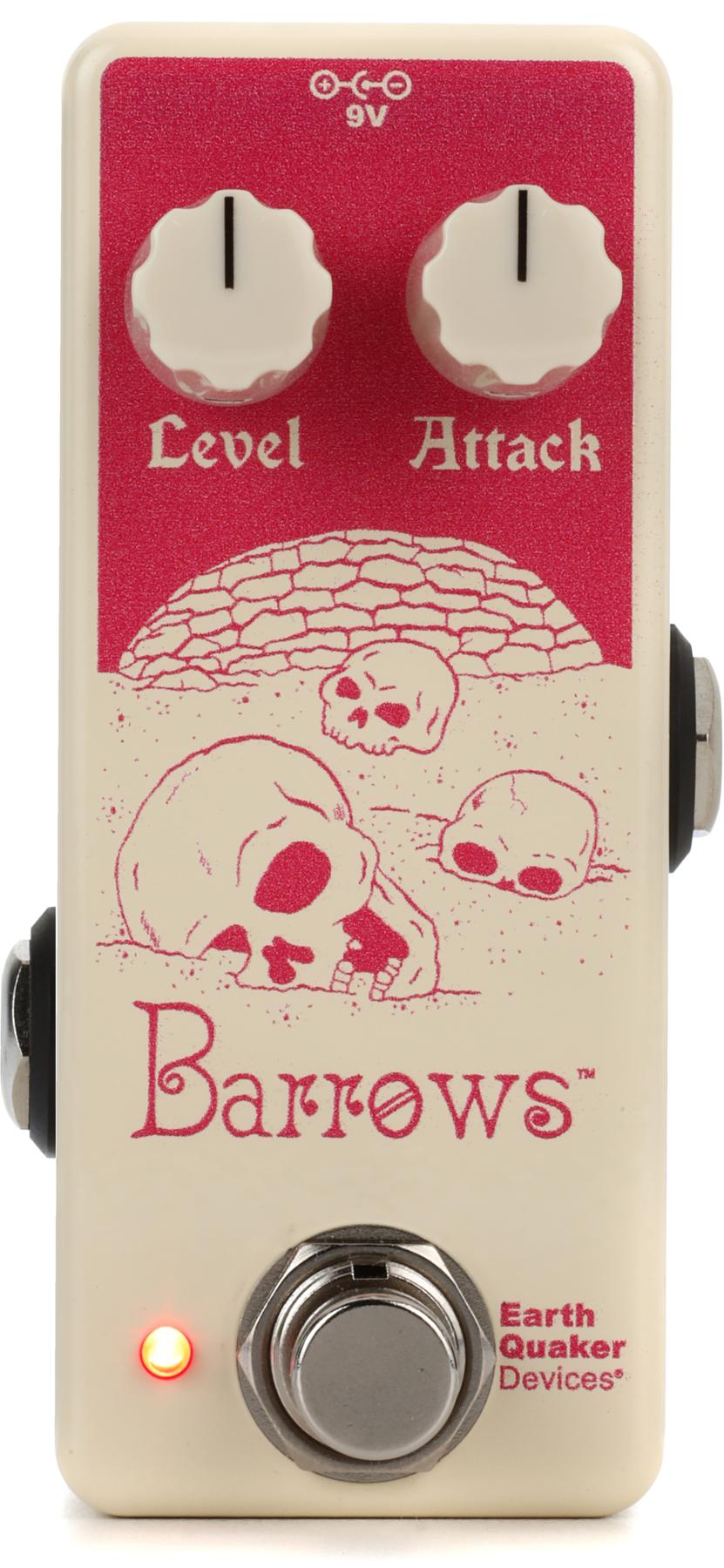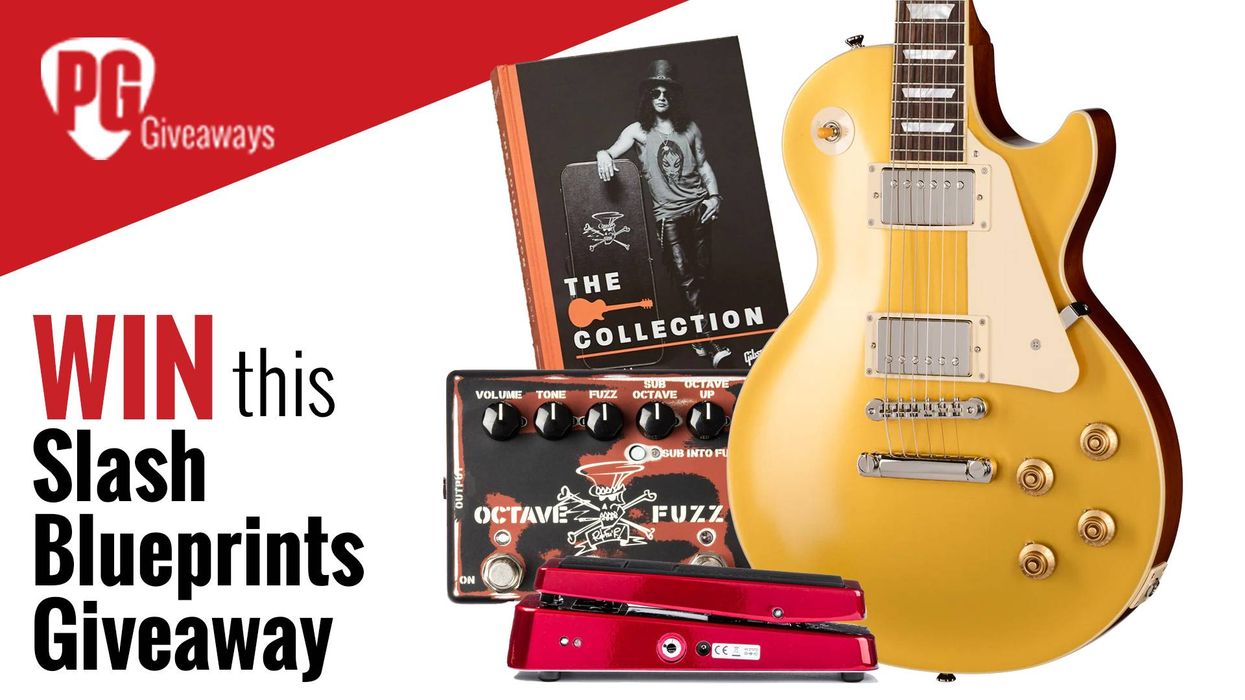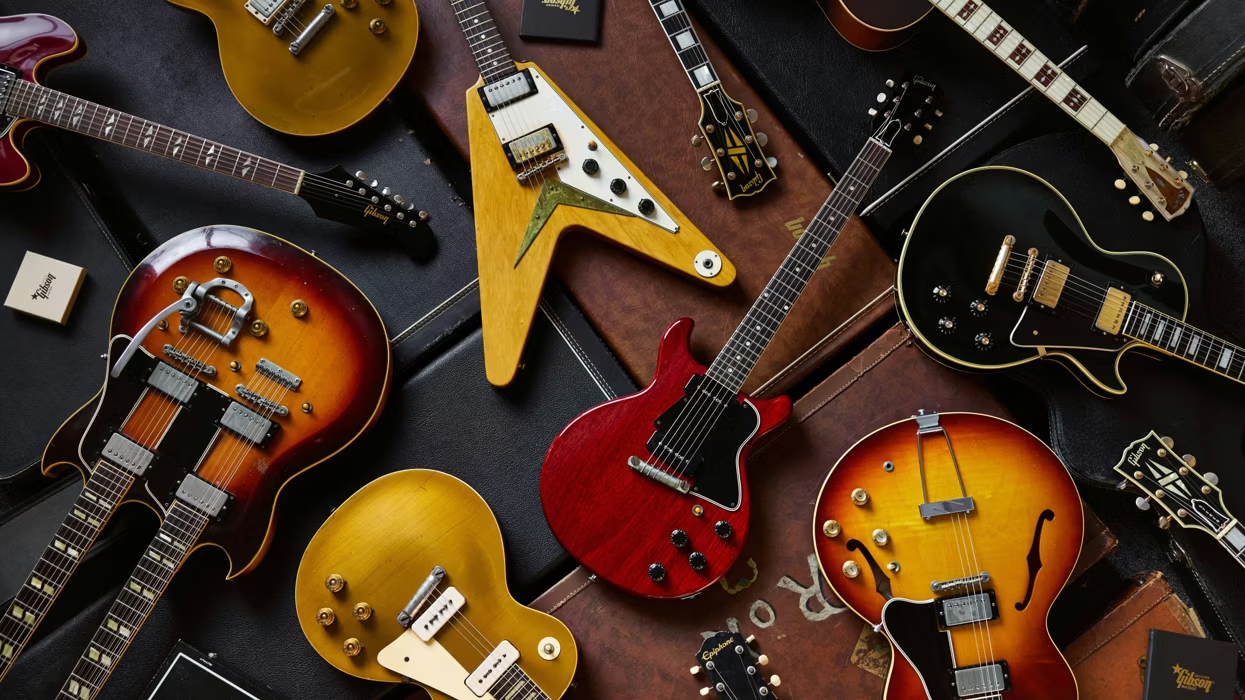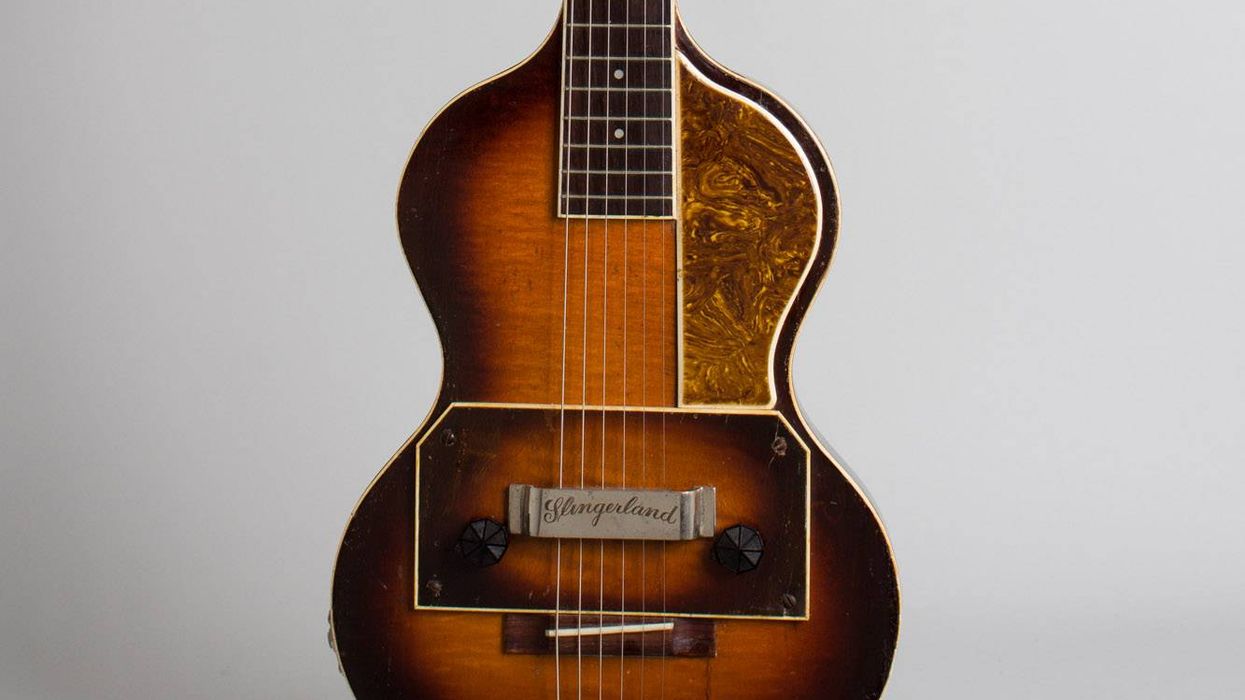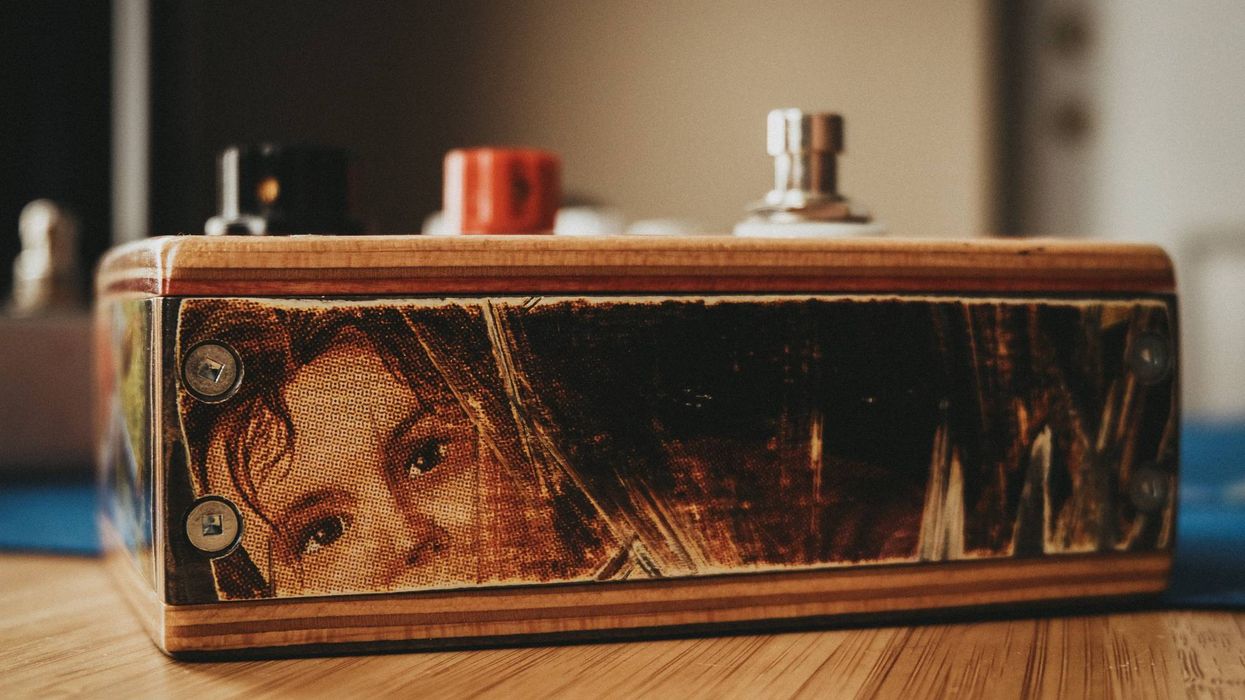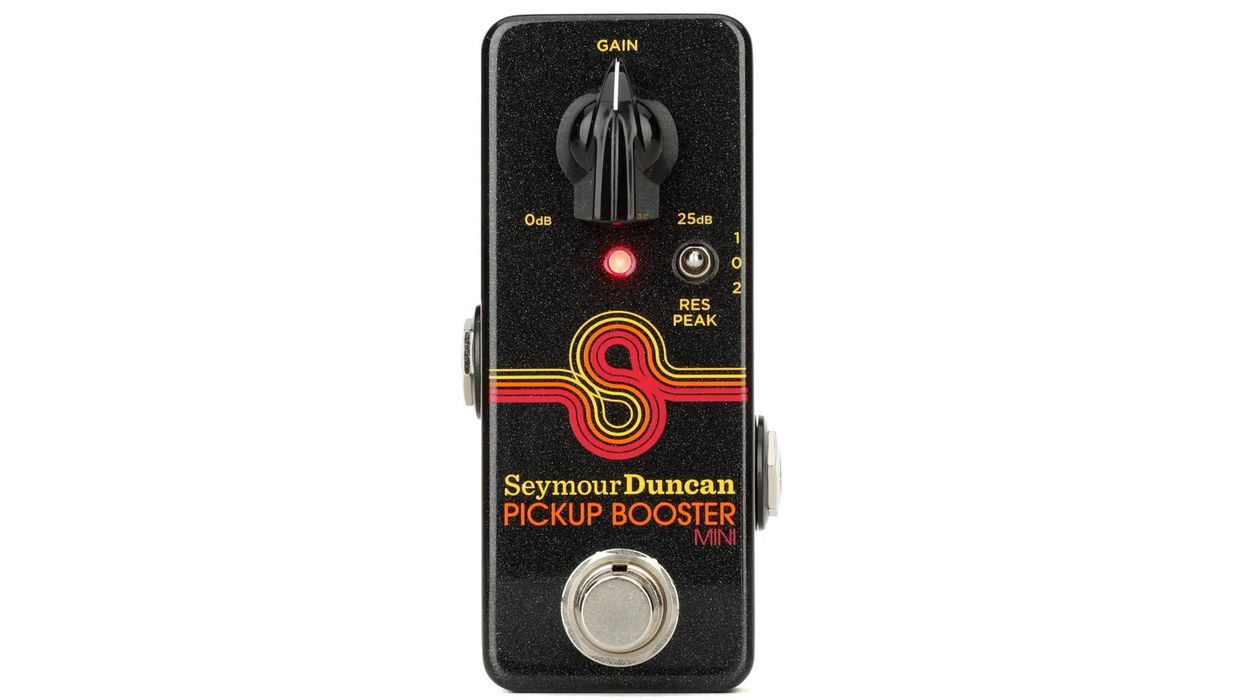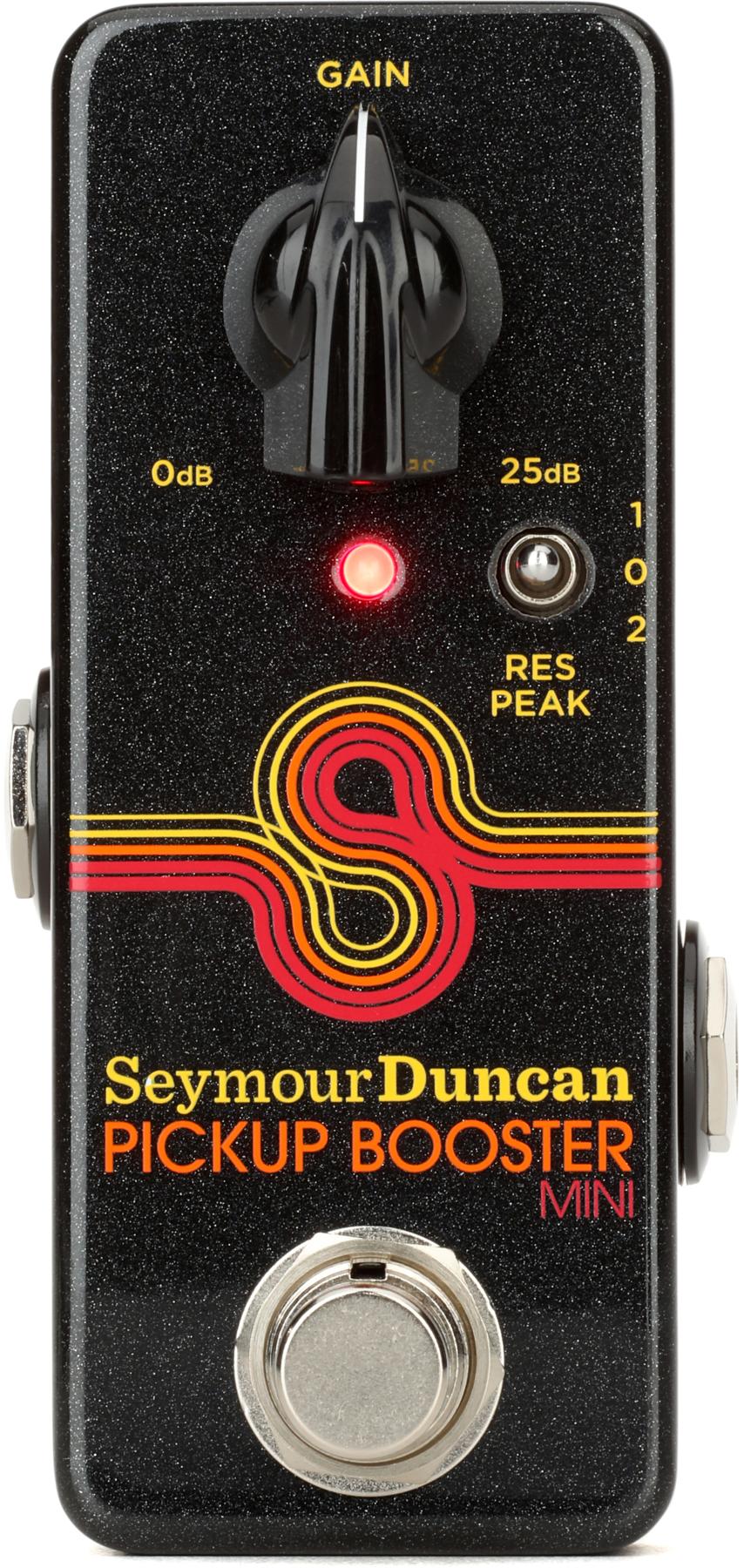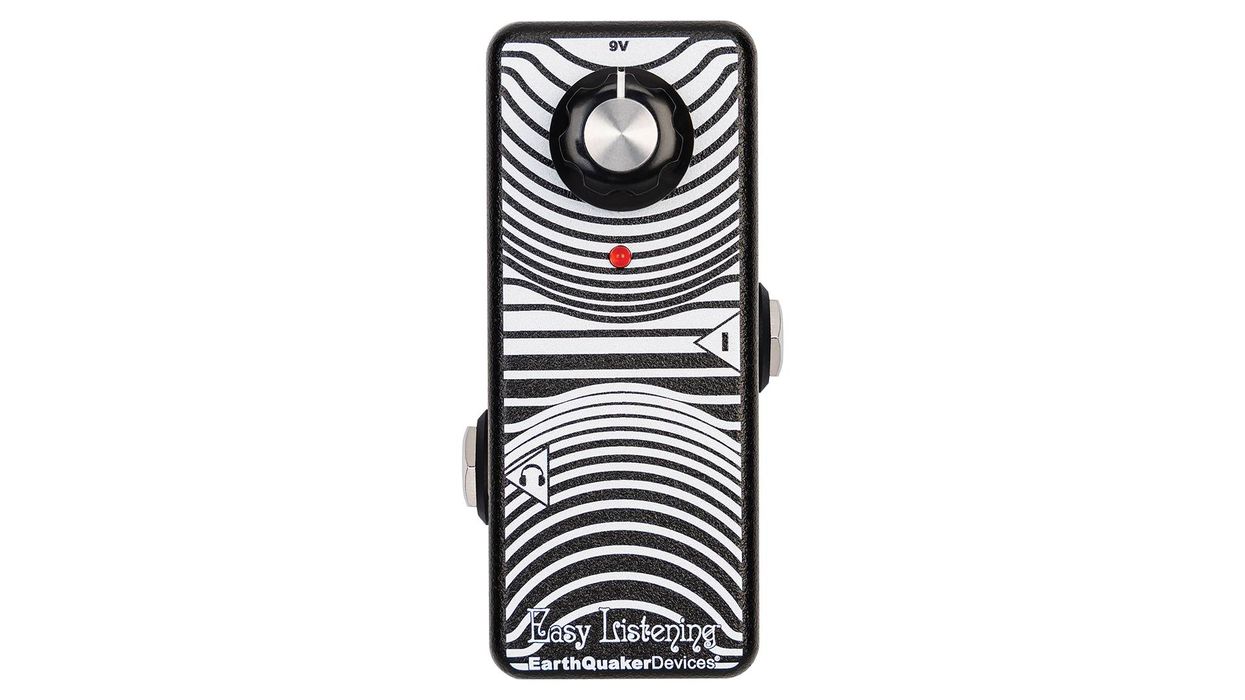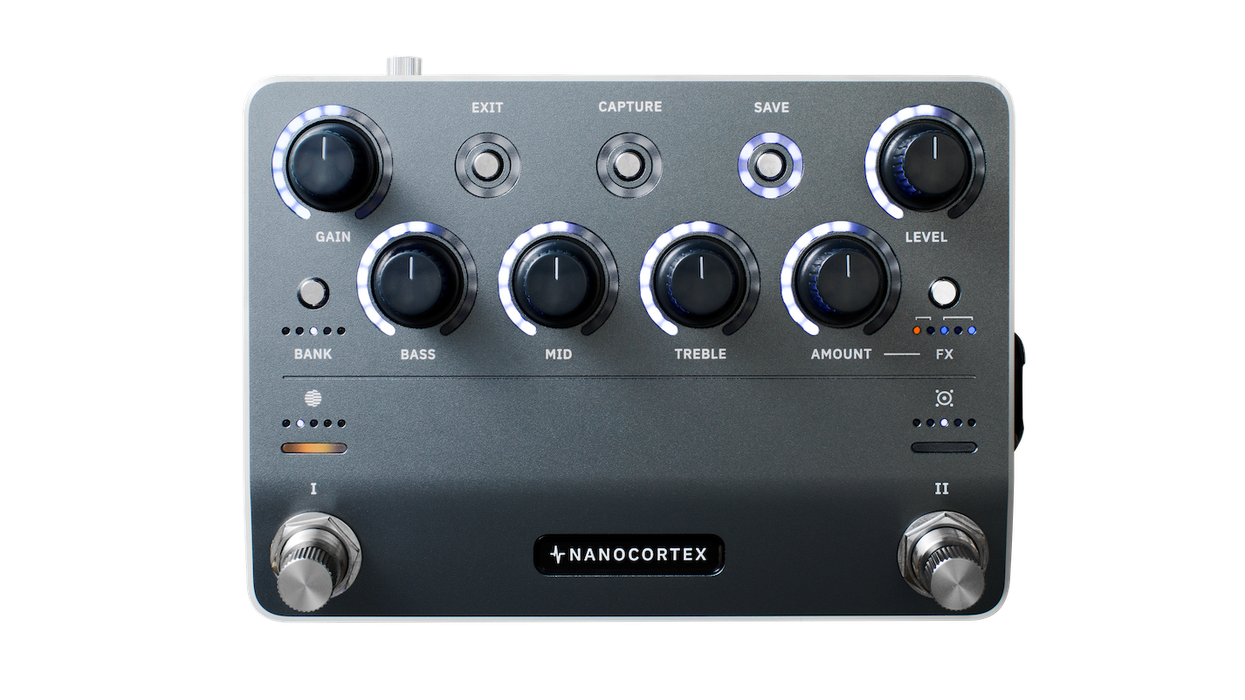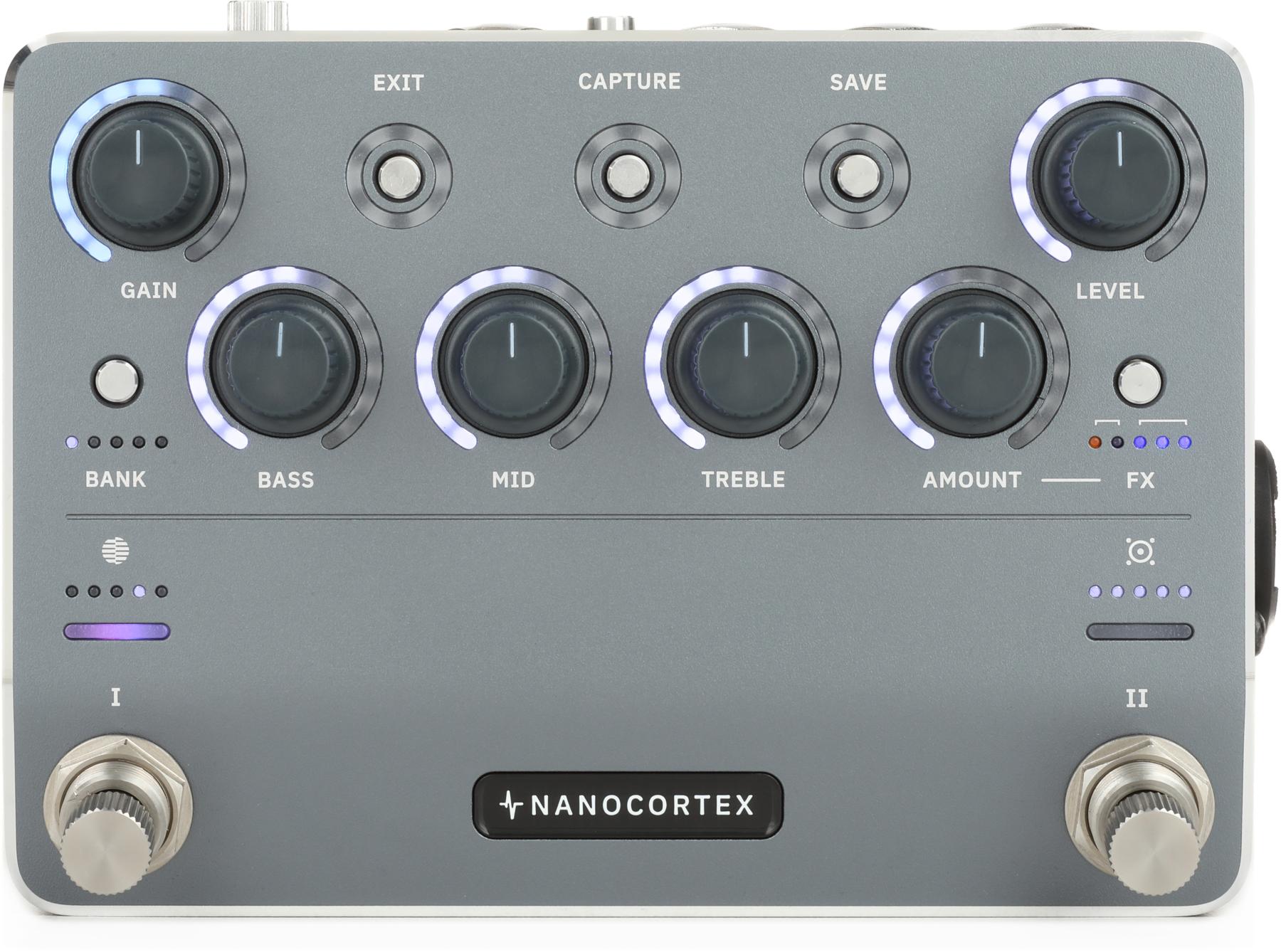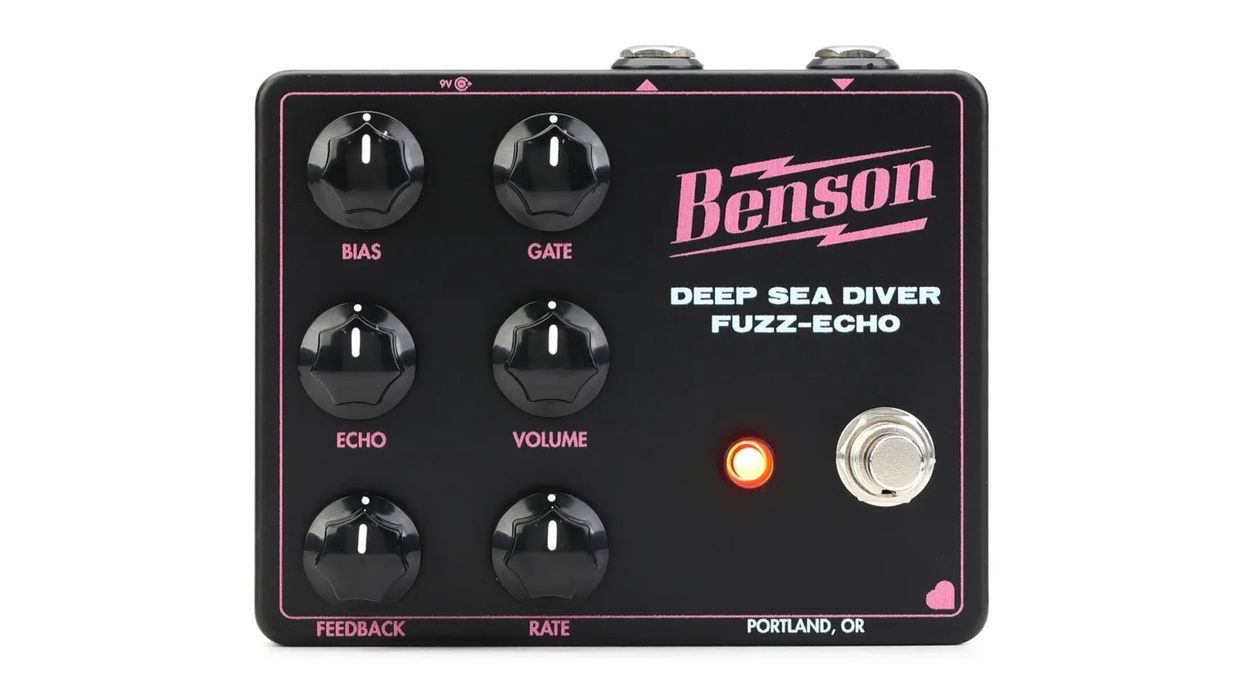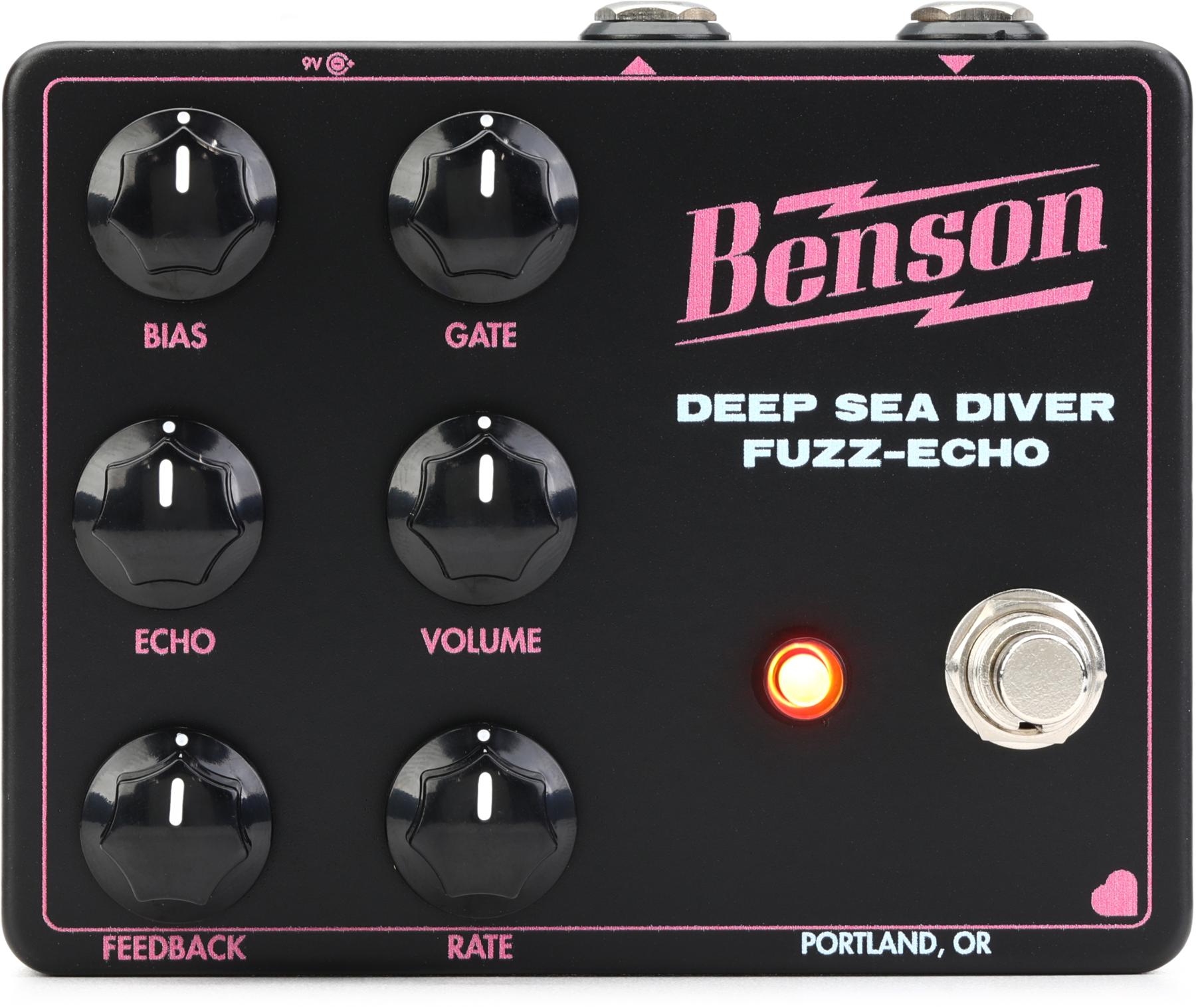In electric guitar terms, I’ve always thought the Beatles are pretty underrated as tone meisters. We all know how good the records sound as complete works. But you rarely encounter rabid enthusiasm for the guitar tones themselves. Holy cow, though, I adore them. The electric tones that shape their 1966-’68 LPs are among the most beautiful, thrilling, and influential forces in my life. Barcelona company Aclam shares my sentiments, apparently. To date, the company built the Dr. Robert, which honored the sounds of the Vox UL730s on Revolver and Sgt. Pepper, and the Mocker, which aped the fuzz circuit from that amp.
Aclam’s latest, the Go Rocky Go, pays homage to another Vox amp that graced Abbey Road in those groundbreaking years: the Conqueror. The Conqueror left a less distinct, less well-chronicled mark on the Beatles' work than the UL730s or UL7120s. But it was definitely a part of The Beatles recording sessions (you can clearly hear the amp’s “MRB” selector at the end of “Birthday”) and is the likely source of many sounds on Magical Mystery Tour. Aclam’s Go Rocky Go dishes many fantastic Conqueror tones, and it’s dripping with psychedelic-era Beatles-ness—especially if you enjoy the more aggressive and distorted sounds from that period.
Magical Mystery Re-Routes
Aclam say they reproduced the Conqueror’s preamp topology part-for-part using an original Conqueror specimen (serial number 2004) as reference. With the MRB switch and distortion, they recreated much of the Conqueror’s functionality. There are a few significant differences, however. Aclam recreated the 2-channel amp’s brilliant channel exclusively. They added a second gain stage called the crunch channel, which splits the difference between the standard and distortion channel’s gain profiles. Aclam also made the bass pot more linear and precise than the amp’s. And unlike the Conqueror, the distortion circuit has its own output-level control.
Heavy Tripping the Light Fantastic
Though the Go Rocky Go will summon compelling tones from any guitar/amp combination, its basic voice is a natural fit for humbuckers and an EL84 amp. And depending on where you set the tone controls, it adds midrange focus and top-end running from sparkly to vicious. Black-panel Fender amps are less easily flattered by the humbucker/Rocky combo, but those tones can be carved into very precise, high-mid rhythm and lead sounds. With Fender single-coils, too, EL84s are a more organic match, but I’d be psyched to record with many of the hyper-focused high-mid sounds from the Go Rocky Go and a Fender guitar-and-amp pairing.
Adding the MRB switch to the mix (by pressing both footswitches) boosts either the 500, 700, and 1k MHz frequencies, just like three positions on a wah. Ostensibly, this narrows the pedal’s range. But the single-coil/Rocky tones with both Fender and EL84 amps are fascinating, generating sounds that would positively pop in mixes. Humbuckers seemed to summon the best from the MRB settings in both amp types—coaxing uniquely focused and burly midrange tones.
“You might think you know this distortion from Beatles records, but in the flesh it’s something much more substantial.”
Given the Beatles’ legacy as masters of pop, it’s easy to forget how tough they could be, and the Go Rocky Go gleefully, colorfully embodies that facet of the band’s personality in the distortion section. With any guitar and amp combination these sounds are snarly, nasty, and biting, but also massive. You might think you know this distortion from Beatles records, but in the flesh it’s something much more substantial. And while 6L6- or EL34-type distortion might be more even and full-spectrum in harmonic terms, the Go Rocky Go delivers a wicked, room-filling punch.
For a specialized pedal, $348 is a big investment. Listen with open ears and mind, though, and you’ll hear scads of different and brilliant tone colors in this stomp, including many that—surprise!—would benefit and intrigue curious and intrepid studio artists. In my humble opinion, Go Rocky Go is a ripper. But ’66-’68 Beatles tones may not be everyone’s ideal, and though often muscular and hard-hitting, they dwell some distance from Marshall or Fender archetypes. That, however, is the beauty of the Go Rocky Go, and if it’s good enough for the Fabs, it’s good enough for me.

